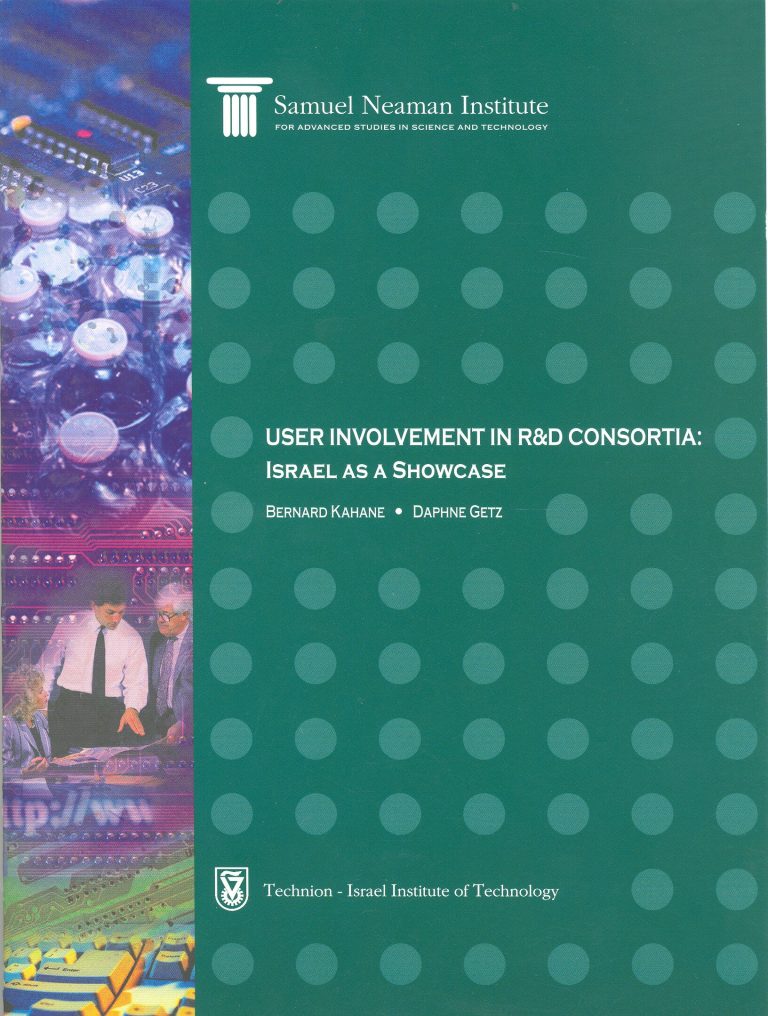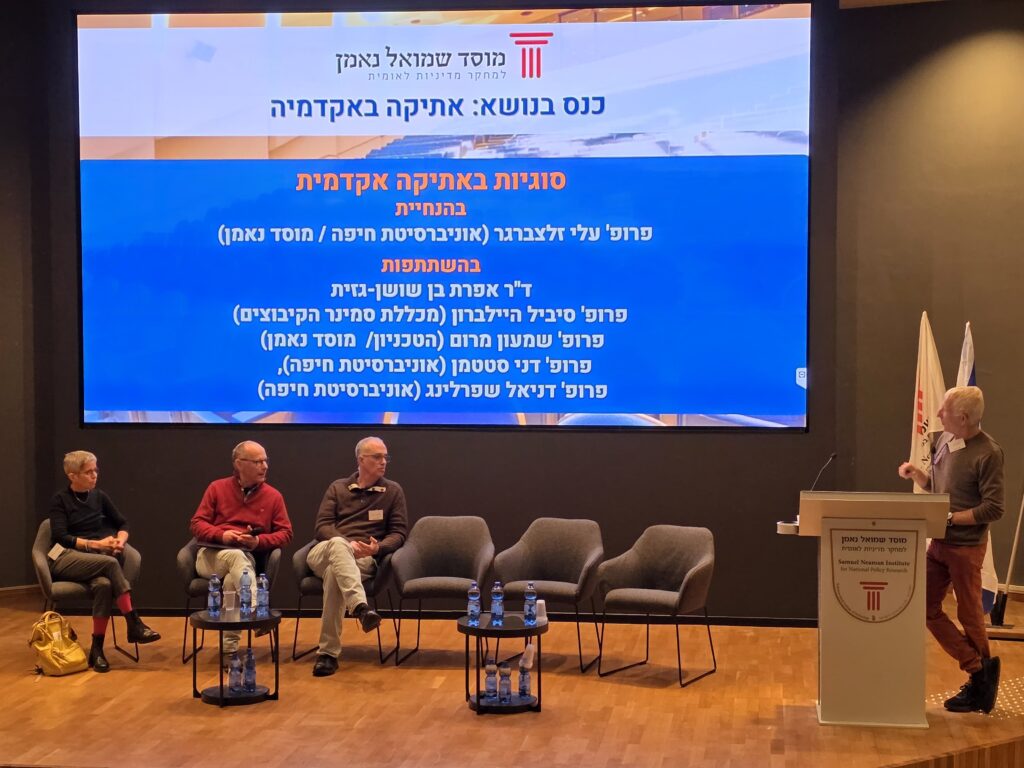(פרסום זה הינו באנגלית בלבד)
קונסורציומים, וגם קונסורציומים מו”פ בפרט, הם אחד אשכולות אשר המהווים דרך להפגיש בין גורמים רלוונטיים שונים, על מנת לעודד חדשנות וצמיחה כלכלית. קונסורציומים היו, ועודם, מפוזרים באזורים גיאוגרפיים (הבינלאומי, לאומי, אזורי) ומופעלים על ידי מפעילים פרטיים או ציבוריים. לעתים קרובות, העיצוב שלהם מגביל את השתתפות יצרני חדשנות (גדולים ו/או קטנים, אקדמים ו/או פרטיים). עבודה קודמת שלנו הראו העניין והפוטנציאל של מעורבות המשתמש ככוח המניע. עכשיו אנחנו מביאים נקודת מבט שונות של קבוצה שלמה של קונסורציומים הוקמה על ידי תוכנית מגנט הישראלית. ארבע צורות של מעורבות המשתמש (ללא מעורבות המשתמש, מעורבות המשתמש החיצוני, מעורבות המשתמש משנית, מעורבות המשתמש הראשי) מזוהים ונותחו באמצעות חקר מקרים. מקרים אלה נדונים ביחס לסיווג “אידיאלי” כי יש אינטגרציה אופקית תעשיית קונסורציומים הבניין מחד, ואינטגרציה אנכית מורכבת מערכת קונסורציומים מצד שני. חלוקה זו מסייעת להגדיר שני מודלים וההשלכות שלהם על מעורבות המשתמש. המודל הראשון, בדומה למזרקה או ספריי, מתחיל מאחד או מקבוצה קטנה של טכנולוגיות וממשיך בלטפל במשתמשים רבים ושונים. במקרה זה, התערבות המשתמש יכולה להיות מושגת רק באמצעות גוף חיצוני, ו / או ביחס של אחד על אחד בין משתמש מסוים ויצרן מסויים. לכן, המיקוד והכיוון בקונסורציום דורש מוטיבציה ואינטגרציה חזקה המצד של מפיקי המו”פ. המודל השני, בדומה לתעלה ממוקדת, מתחיל בטכנולוגיות רבות המשמשות בלטפל במספר קטן מאוד של משתמשים שונים, לפעמים רק סוג אחד. במקרה זה, מעורבות המשתמש יכול לפעול ככוח מניע מרכזי עבור הקונסורציום, בבנייתו, ההגדרתו והפעלתו. לכן, קונסורציומים ירוויחו ממעורבות המשתמש בנקודת המוצא של פעילותם. לסיכום, מוצעים מספר פיתוחים פוטנציאלים להתערבויות משתמשים לניהול קונסורציומים מו”פ.












